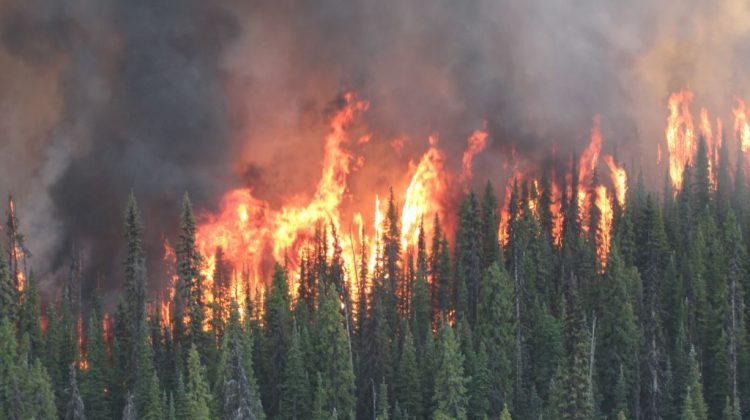Summer isn’t here yet and already BC residents are asking for a full backcountry fire ban in what’s supposed to be another hot and dry season.
An online petition called Keep BC Green has been set up asking for the ban where it’s gotten close to 2,600 (and counting) signatures so far.
Fire Information Officer with the BC Wildfire Service Kyla Fraser understands the concerns residents have after two-record setting wildfire seasons explains what goes into possibly implementing a full ban.
“The BC Wildfire Service takes a number of factors into consideration and that’s based on the level of fire activity, current and forecasted weather conditions and input solicited from government and non-government agencies.”
She adds a full ban isn’t warranted right now because the fire danger rating varies between the northern and southern parts of the province.
“Conditions that we see can vary drastically from the north to the south. The conditions we are seeing in the northern part of BC have a very high to extreme fire danger rating while in the south they received a lot of precipitation over the weekend so the fire danger rating is quite low.”
Fraser distinctly remembers last year’s fire season where over 1.35 million hectares burnt across the province with several fires of note including the Shovel Lake blaze.
“It was quite hot and dry across the entire province seeing fire activity in every single fire centre and because of that, we did have fire bans in all the different regions. One thing to note though is that a lot of the human-caused fires are not just a result of blatant fire use, so just because you have fire bans in place, doesn’t mean we’re not going to see human-caused fires anymore.”
“One of the causes of unnatural fires is a chemical burn so that can be things such as flare guns, bear bangers, exhaust or backfire promoter engines and those are activities that are not actually affected by fire prohibitions.”
Fraser adds another 10-million dollars has been invested into the Community Resiliency Program that is intended to reduce the risk of wildfires in communities across the province.
The total investment in the program has now reached 60-million dollars.
Something going on in the Bulkley Valley Lakes District you think people should know about?
Send us a news tip by emailing [email protected].





